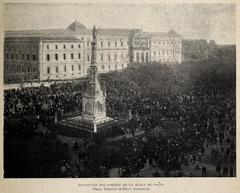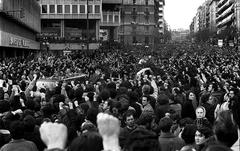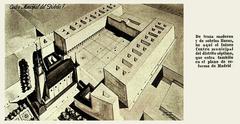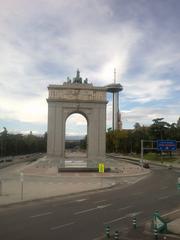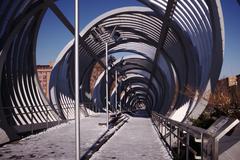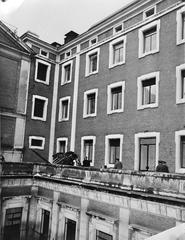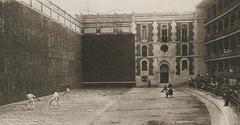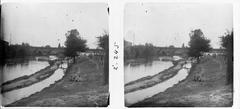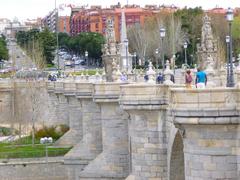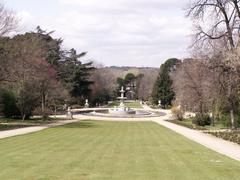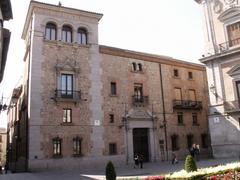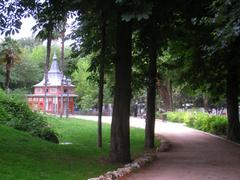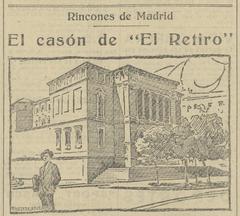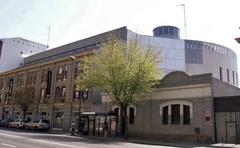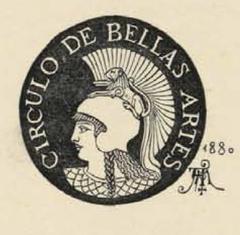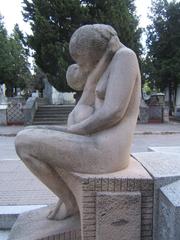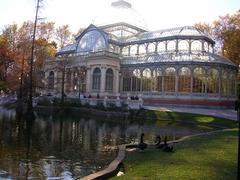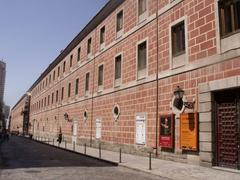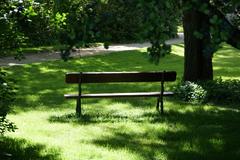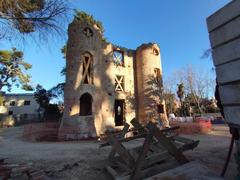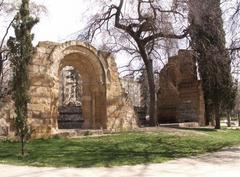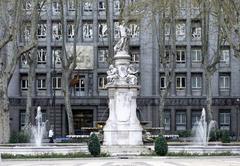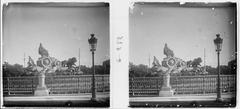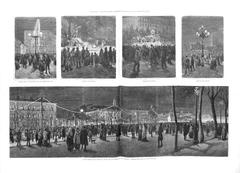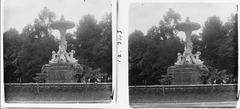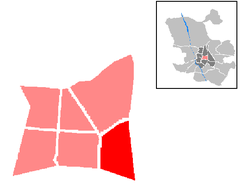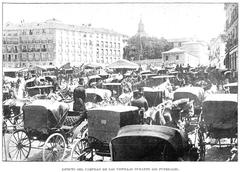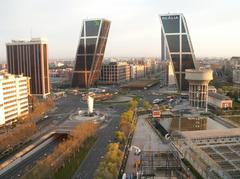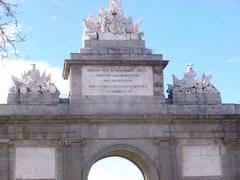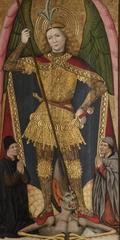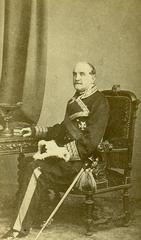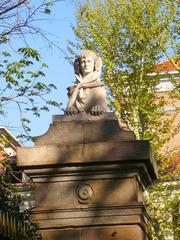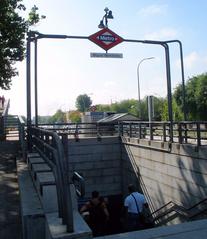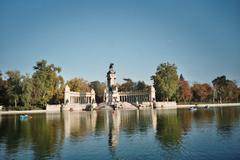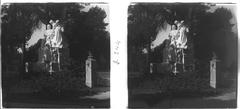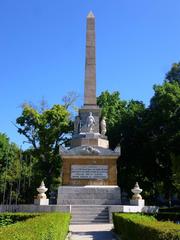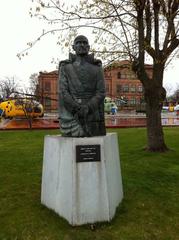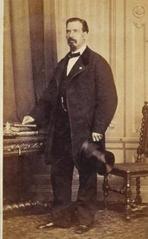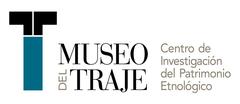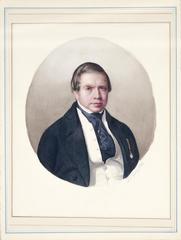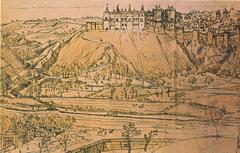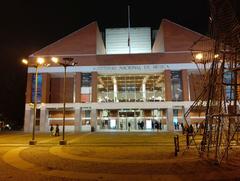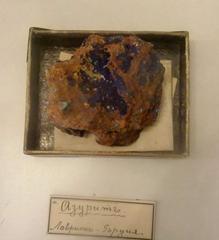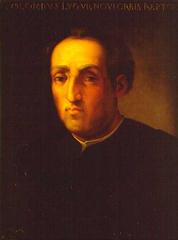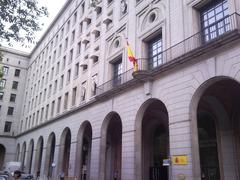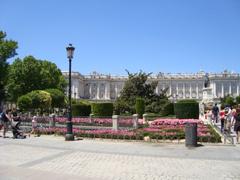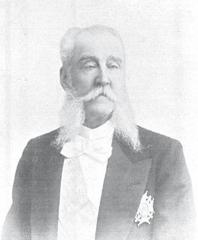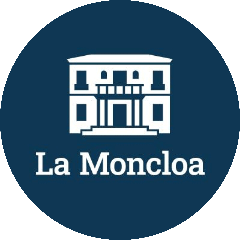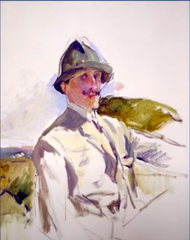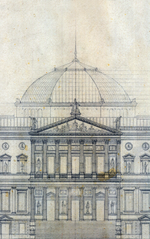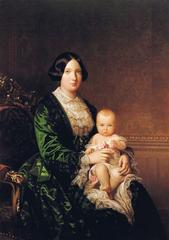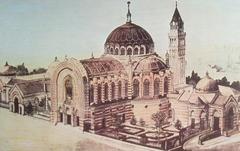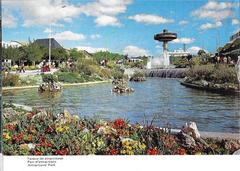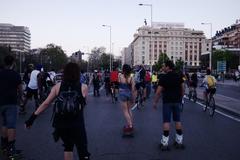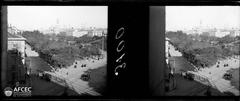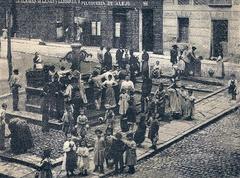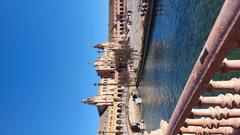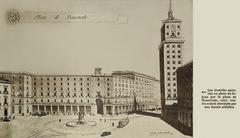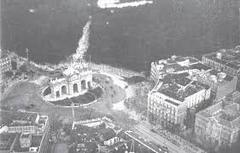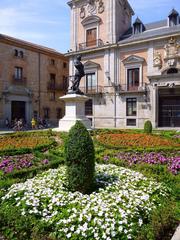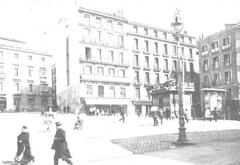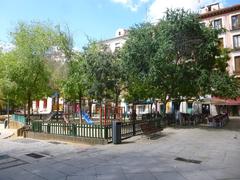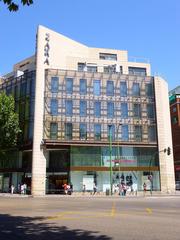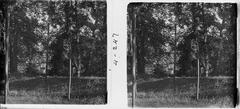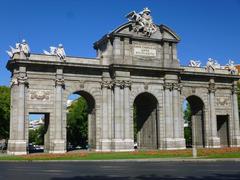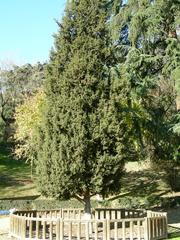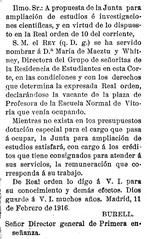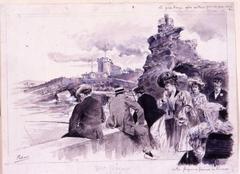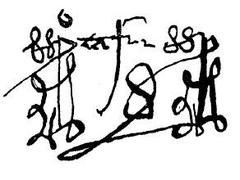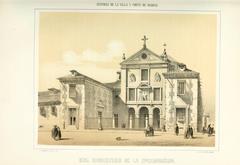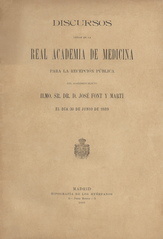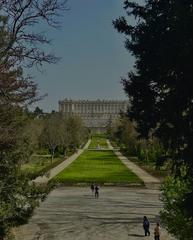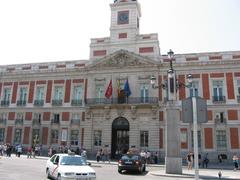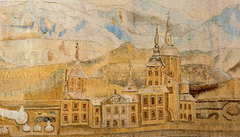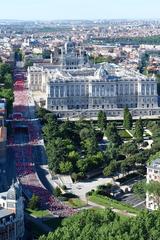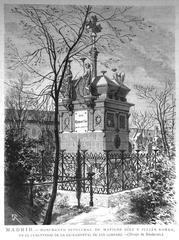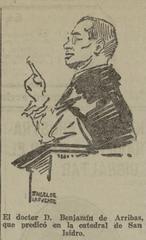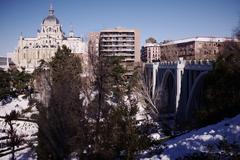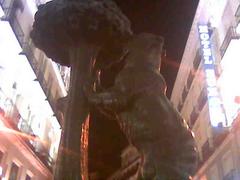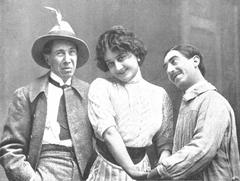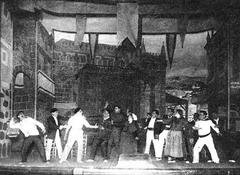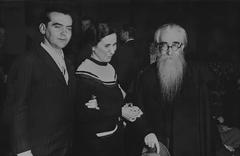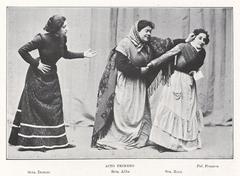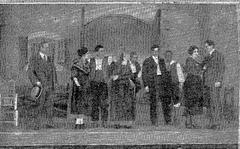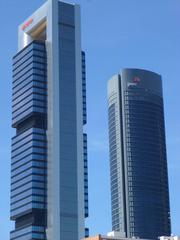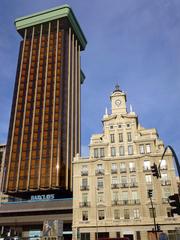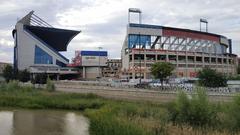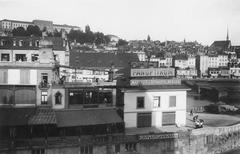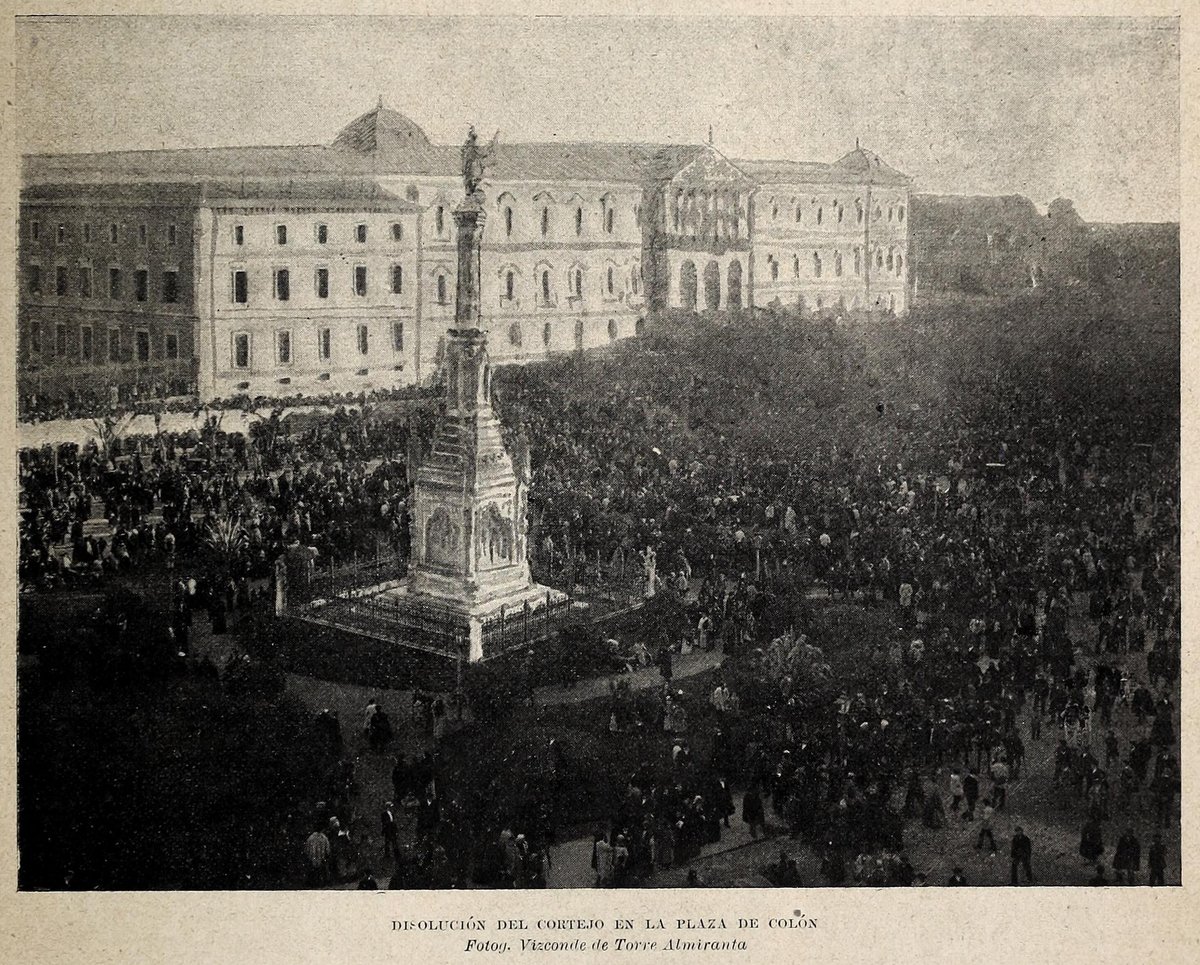
Visiting Monumento a Cristóbal Colón in Madrid: Hours, Tickets, and Tips
Date: 25/07/2024
Introduction
The Monumento a Cristóbal Colón in Madrid, Spain, stands as a prominent tribute to the legendary explorer Christopher Columbus, or Cristóbal Colón as he is known in Spanish. Nestled in the heart of Madrid at Plaza de Colón, this neogothic marvel is not merely a statue but a celebration of Spain’s rich maritime heritage and its pivotal role in world history. The monument, reaching a height of 17 meters, is a collaborative creation of notable artists and architects from the late 19th century. It features an intricate base designed by Arturo Mélida and a striking three-meter-high marble statue of Columbus by Jerónimo Suñol (Living Madrid).
Commissioned initially to honor the marriage of King Alfonso XII and María de las Mercedes de Orleans in 1878, the Monumento a Cristóbal Colón has evolved to symbolize Spain’s historical connection to the Age of Exploration. Over the years, it has undergone several renovations and has witnessed significant cultural and political events, cementing its status as a key landmark in Madrid (Wikipedia).
In addition to its historical and architectural grandeur, the monument is surrounded by the beautiful Jardines del Descubrimiento and stands in proximity to several prominent cultural institutions, making it a focal point for both locals and tourists. This guide will delve into the monument’s history, visitor information, nearby attractions, and much more, providing a comprehensive resource for anyone planning to visit this iconic site.
Table of Contents
- Introduction
- History of the Monument
- Visiting the Monument
- Nearby Attractions
- Cultural and Historical Significance
- Conclusion
- FAQ
History of the Monument
Origins and Initial Conception
The Monumento a Cristóbal Colón was conceived in the late 19th century to honor Columbus’s contributions to the discovery of the Americas. The square where the monument stands, initially called Plaza de Santiago, was renamed Plaza de Colón in 1893 to reflect its new purpose (Wikipedia).
Design and Construction
The monument’s design was a collaborative effort involving several notable artists and architects. The base, completed in 1885, was designed by Arturo Mélida, featuring intricate reliefs. The base supports an octagonal pillar carved from stone, topped by a three-meter-high statue of Columbus sculpted from Italian white marble by Jerónimo Suñol. The total height of the monument reaches 17 meters (Living Madrid).
Architectural Features
The monument is rich in neogothic architectural elements. The base features detailed reliefs depicting scenes from Columbus’s voyages and the discovery of the New World. These reliefs provide a visual narrative of Columbus’s achievements. The octagonal pillar symbolizes the multifaceted nature of Columbus’s contributions to exploration and navigation.
Inauguration and Public Reception
Inaugurated in 1885, the monument quickly became a focal point in Madrid. Its location at the intersection of the Chamberí, Centro, and Salamanca districts made it accessible to many residents and visitors. The public reception was overwhelmingly positive, and the monument has since become a popular spot for both locals and tourists.
Renovations and Modern Additions
In 1977, the Plaza de Colón underwent significant renovations, including the addition of the Monumento al Descubrimiento de América (Monument to the Discovery of America) by Joaquín Vaquero Turcios. This new monument consists of three large concrete macro-sculptures named Las profecías (The Prophecies), La génesis (The Genesis), and El Descubrimiento (The Discovery), adorned with inscriptions and reliefs (Living Madrid).
The World’s Largest Spanish Flag
Since Spain’s National Day in 2001, the Plaza de Colón has also been home to the world’s largest Spanish flag. Measuring 14 meters by 21 meters and covering an area of 294 square meters, the flag flies from a 50-meter high flagpole. The original flag cost €378,000 and was replaced in January 2016 at a cost of €400,000 (Wikipedia).
Visiting the Monument
Visitor Experience
Visitors to the Monumento a Cristóbal Colón can enjoy a rich cultural experience. The monument is surrounded by the Jardines del Descubrimiento (Gardens of Discovery), offering a serene environment for reflection and relaxation. The gardens were once the site of the Royal Mint until 1970 (Wikipedia).
Visitor Information
- Visiting Hours: The monument is accessible 24/7, but the best time to visit is during daylight hours for optimal viewing and photography.
- Tickets: There is no entry fee to visit the Monumento a Cristóbal Colón.
- Special Events and Tours: Occasionally, guided tours and cultural events are held at the Plaza de Colón. Check local listings for up-to-date information.
Travel Tips
- Best Time to Visit: Spring and autumn are the best times to visit due to mild weather and fewer crowds.
- Necessary Preparations: Wear comfortable walking shoes and bring a camera to capture the stunning architecture and surrounding gardens.
Accessibility
The Plaza de Colón is wheelchair accessible, with ramps and smooth pathways. Facilities for people with disabilities are available in the surrounding area.
Nearby Attractions
- Torres de Colón: Twin skyscrapers offering panoramic views of the city.
- Platea Madrid: A gourmet food hall with a variety of dining options.
- Teatro Fernán Gómez: A cultural venue hosting various events and performances.
- National Archaeological Museum: Located a short walk away, offering extensive historical exhibits.
Cultural and Historical Significance
The Monumento a Cristóbal Colón holds immense cultural and historical significance. It stands as a testament to Spain’s maritime heritage and its pivotal role in the Age of Exploration. The monument celebrates the spirit of discovery that characterized the era and the enduring legacy of Columbus’s voyages.
Conclusion
The Monumento a Cristóbal Colón is a must-visit for anyone interested in Spain’s rich history and cultural heritage. Its intricate design, historical significance, and central location make it a key landmark in Madrid. Whether you’re a history buff, an architecture enthusiast, or simply looking for a beautiful spot to explore, the Monumento a Cristóbal Colón offers something for everyone.
FAQ
What are the visiting hours for Monumento a Cristóbal Colón? The monument is accessible 24/7, but visiting during daylight hours is recommended.
How much do tickets cost for Monumento a Cristóbal Colón? There is no entry fee to visit the monument.
Are there guided tours available? Occasionally, guided tours and cultural events are held at the Plaza de Colón. Check local listings for up-to-date information.
Is the monument accessible to people with disabilities? Yes, the Plaza de Colón is wheelchair accessible with ramps and smooth pathways.
References
- Wikipedia. (n.d.). Monumento a Colón (Madrid). Retrieved from https://es.wikipedia.org/wiki/Monumento_a_Col%C3%B3n_(Madrid)
- Living Madrid. (n.d.). Plaza de Colón. Retrieved from https://www.livingmadrid.com/plaza-de-colon/
- Spain.info. (n.d.). Monument to Columbus, Madrid. Retrieved from https://www.spain.info/en/places-of-interest/monument-to-columbus-madrid/
- Madrid Traveller. (2024). Things to Do in Madrid in July. Retrieved from https://www.madrid-traveller.com/things-to-do-in-madrid-in-july/
- esmadrid.com. (n.d.). Estatua de Colón. Retrieved from https://www.esmadrid.com/en/tourist-information/estatua-de-colon
